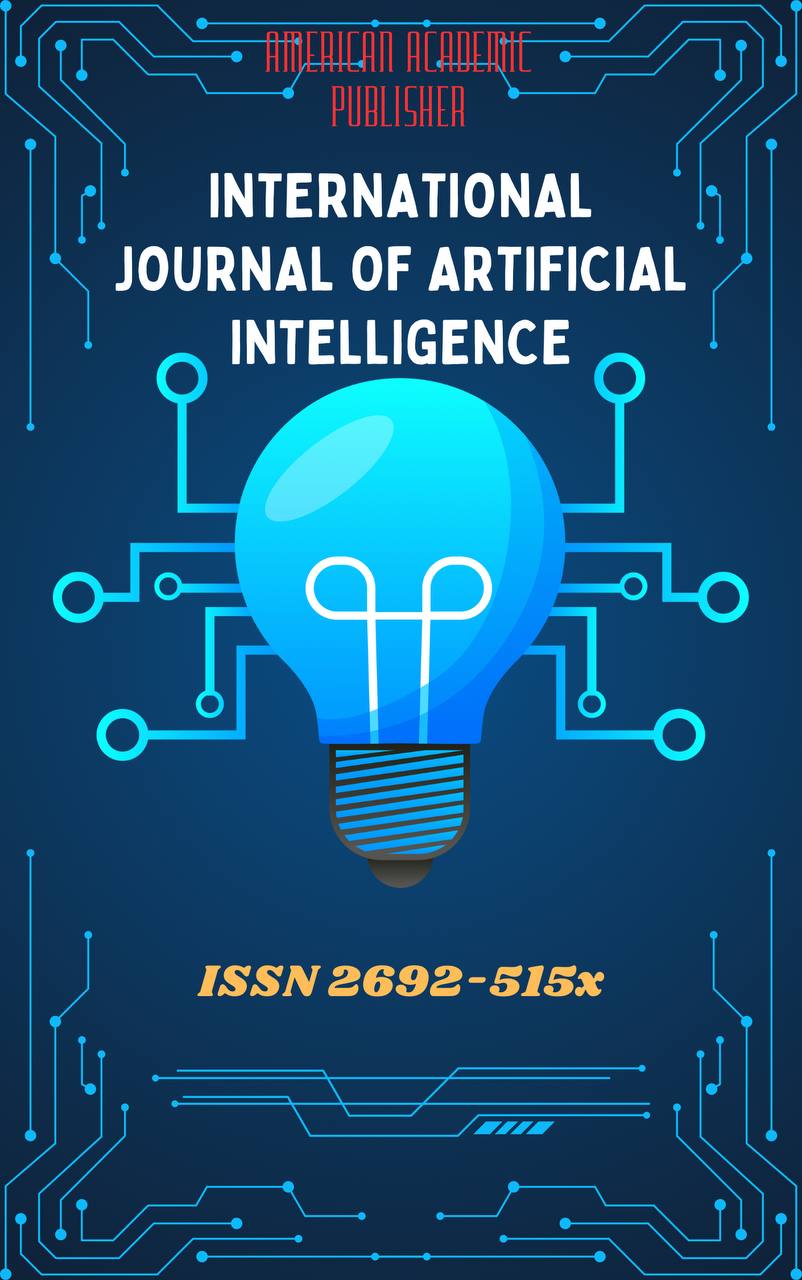 Articles
| Open Access |
Articles
| Open Access | Requirements for Water-, Dust-, and Flame-Resistant Materials Treated with Silicon-Organic Compounds
Qudratova Mohinur Nuriddinovna , Usanova Farzona Beknazar qizi ,Abstract
This study analyzes the main requirements for materials that are water-, dust-, and flame-resistant, focusing particularly on the chemical structure of hydrophobic coatings and the factors determining their efficiency. Hydrophobic coatings are characterized as systems that reduce the adhesion or penetration of water molecules onto the material surface. The degree of hydrophobicity is determined by the contact angle and depends on surface energy, molecular polarity, and the micro- and nanorelief structure. Coatings based on silicon-organic compounds (PDMS, methylsilane, ethylsilane) and fluorinated organics (PTFE, perfluoroalkyl silanes) exhibit high resistance to water, dust, and heat. Moreover, biomimetic approaches — such as nanostructured surfaces inspired by the lotus effect — are highlighted as a promising direction in modern materials science for developing self-cleaning surfaces.
Keywords
Hydrophobic coatings, water repellency, silicon-organic compounds, fluoropolymers, surface energy, contact angle, nanostructure, biomimetic surface, PDMS, PTFE, lotus effect.
References
Eshmurodov, Kh. E. “Modern Trends in Chemical Materials Science.” Termiz State University Press, 2023.
Zubov, V. A., & Kabanov, V. A. “Chemistry of Hydrophobic and Oleophobic Coatings.” Moscow: Khimiya, 2019.
Wenzel, R. N. “Resistance of Solid Surfaces to Wetting by Water.” Industrial and Engineering Chemistry, 1936, 28(8): 988–994.
Cassie, A. B. D., & Baxter, S. “Wettability of Porous Surfaces.” Transactions of the Faraday Society, 1944, 40: 546–551.
Mittal, K. L. (Ed.). “Polymer Surface Modification: Relevance to Adhesion.” CRC Press, 2018.
Nosonovsky, M., & Bhushan, B. “Multiscale Dissipative Mechanisms and Hierarchical Surfaces: Friction, Superhydrophobicity, and Biomimetics.” Springer, 2010.
Li, X., & Zhang, J. “Superhydrophobic Coatings for Self-Cleaning Applications: A Review.” Journal of Materials Chemistry A, 2022, 10(15): 8500–8520.
Article Statistics
Downloads
Copyright License

This work is licensed under a Creative Commons Attribution 4.0 International License.

